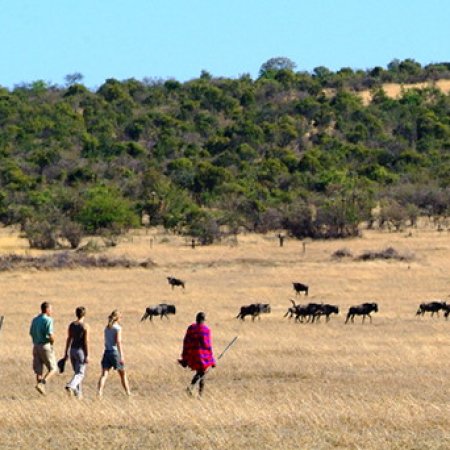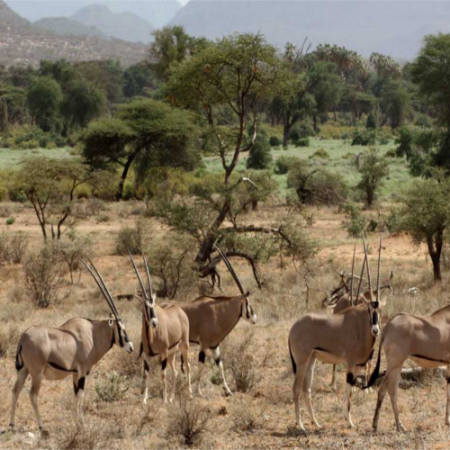Twins of the Wild: Antelope Species That Look Alike But Aren’t the Same
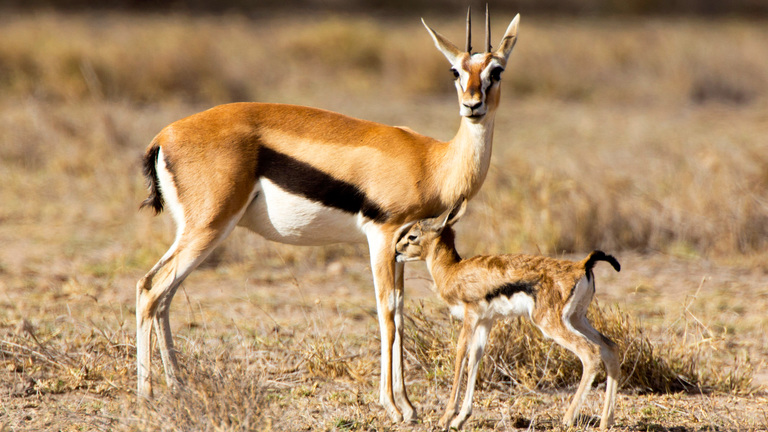
If you’ve ever been on safari in Africa, you’ve probably looked out over the savanna and thought: “Didn’t I just see that antelope five minutes ago?”
You’re not alone. Many antelope species look strikingly similar, but they’re actually different in behavior, habitat, and even family.
In this post, we compare some of the most commonly confused antelope species so you can spot the differences like a pro on a safari.
1. Impala vs. Thomson’s Gazelle
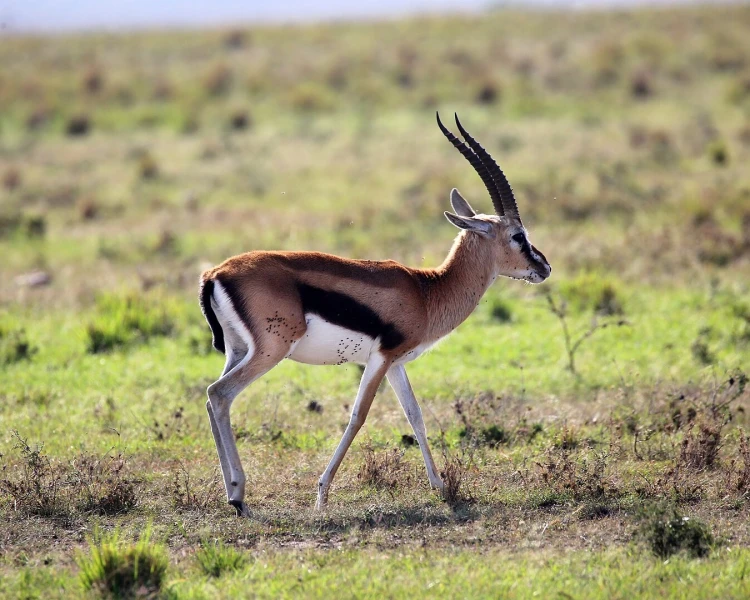
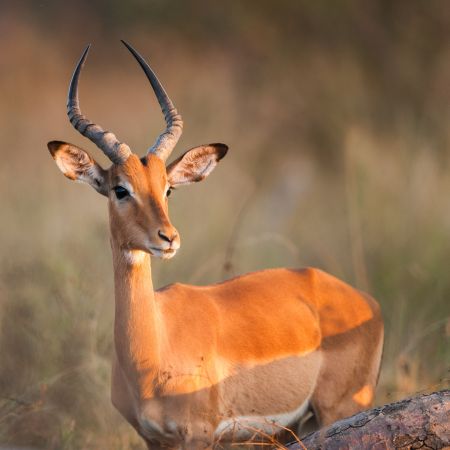 Thomson impala
Thomson impala
| Feature | Impala | Thomson’s Gazelle |
|---|---|---|
| Size | Larger (up to 95 cm) | Smaller (around 60 cm) |
| Color | Reddish-brown with no side stripe | Tan with black side stripe |
| Horns | Only males, long and lyre-shaped | Both sexes (in some), short and curved |
| Rump | White “M” marking | Black stripe cuts into white rump |
Key Tip: If it has a bold black side stripe, it’s a Thomson’s gazelle.
2. Impala vs. Kob (Uganda or Western)

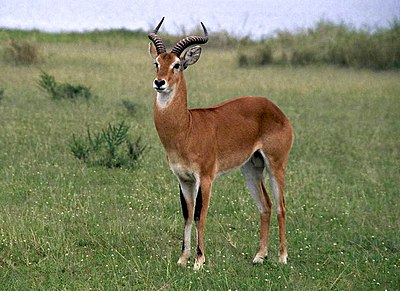 Impala Ugandan Kob
Impala Ugandan Kob
| Feature | Impala | Kob |
|---|---|---|
| Habitat | Woodlands, bushland | Floodplains, wetlands |
| Horns | S-shaped, thinner | Thicker, more spiral-shaped |
| Color | Sleek reddish-brown | Deep golden-brown to orange |
Key Tip: Kob are stockier and often found in marshy terrain. Impalas are sleeker and live in drier savannas.
3. Bushbuck vs. Nyala (Female)
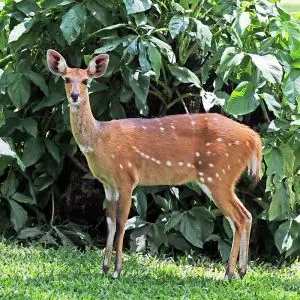
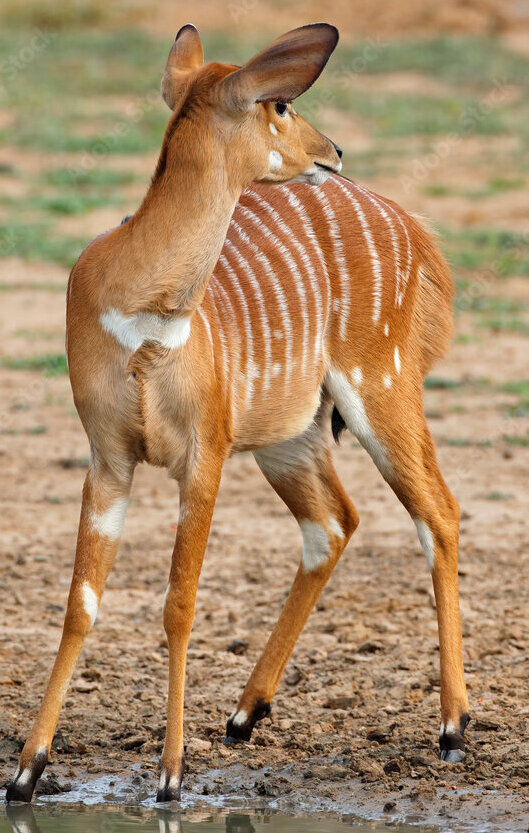 bushbuck Nyala
bushbuck Nyala
| Feature | Bushbuck | Female Nyala |
|---|---|---|
| Size | Smaller (up to 80 cm) | Larger (up to 90 cm) |
| Stripes | Faint or few white markings | Clear white vertical stripes |
| Tail | Shorter, less bushy | Bushier tail, more deer-like walk |
| Habitat | Forest edges, dense bush | Woodland and riverine habitats |
Key Tip: Female nyalas are often mistaken for bushbucks, but they’re bigger with more defined white stripes.
4. Grant’s Gazelle vs. Thomson’s Gazelle
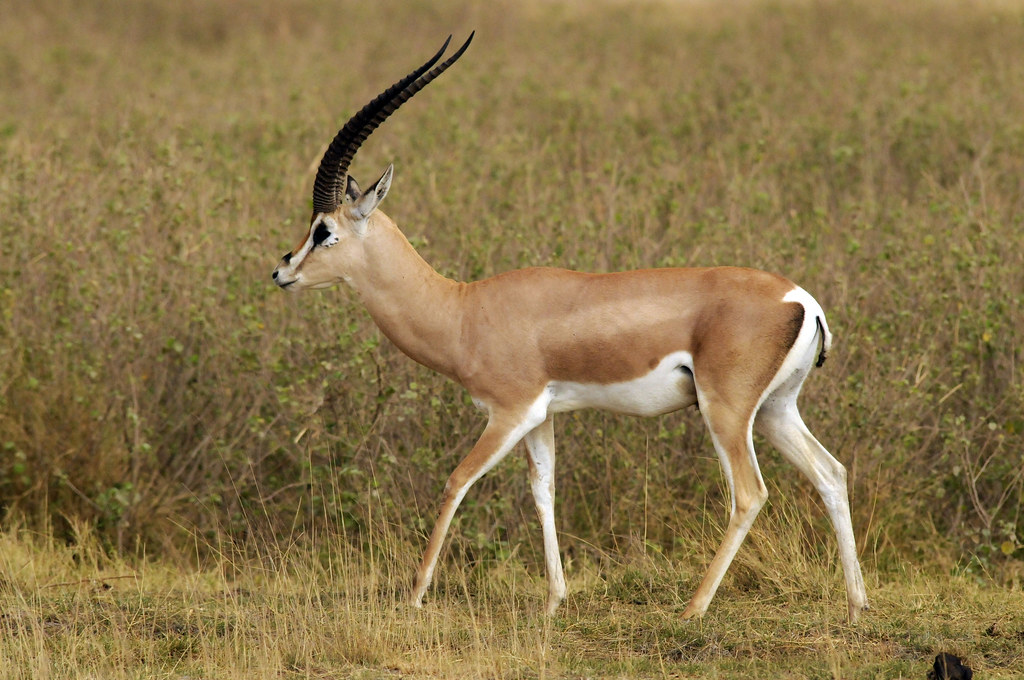
 Grant thomson
Grant thomson
| Feature | Grant’s Gazelle | Thomson’s Gazelle |
|---|---|---|
| Size | Taller, heavier | Smaller, daintier |
| Side Stripe | Absent or faint | Bold and dark |
| Rump | White up above tail | Stripe breaks through rump |
Key Tip: Grant’s has a clean white rump; Thomson’s has a black stripe cutting through it.
5. Waterbuck vs. Defassa Waterbuck
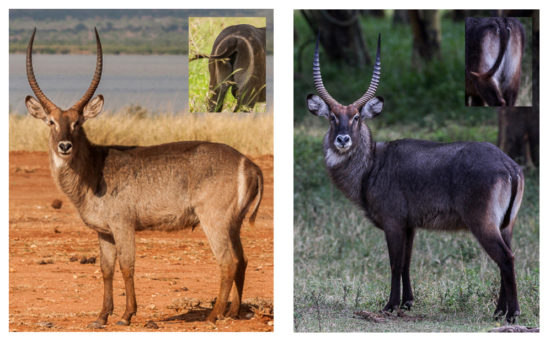 common waterbuck defassa waterbuck
common waterbuck defassa waterbuck
These two are subspecies but look very similar.
| Feature | Common Waterbuck (Kobus ellipsiprymnus) | Defassa Waterbuck |
|---|---|---|
| Rump | White ring around rump | Solid white patch on rump |
| Location | Southern and East Africa | Central and Western Africa |
Key Tip: Ring = Common waterbuck. Patch = Defassa.
6. Hartebeest vs. Topi
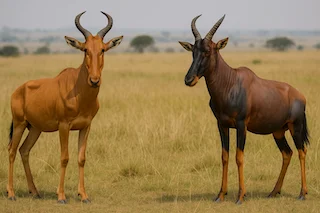 Hartebeest Topi
Hartebeest Topi
| Feature | Hartebeest | Topi (or Tsessebe) |
|---|---|---|
| Face | Long, sloping face | Shorter face, dark mask |
| Body | Pale reddish-brown | Glossy dark coat with purplish patches |
| Horns | Thick, U-shaped | More lyre-shaped and ridged |
Key Tip: Topi are more colorful and alert-looking; hartebeests are more “donkey-faced.”
7. Reedbuck vs. Oribi
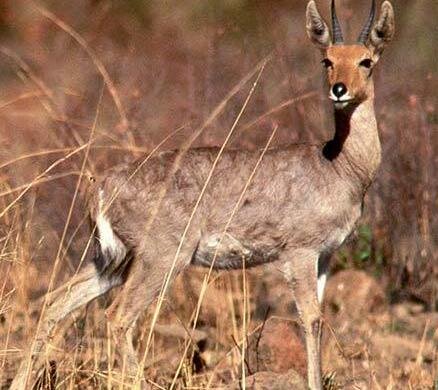
 reedbuck Oribi
reedbuck Oribi
| Feature | Reedbuck | Oribi |
|---|---|---|
| Size | Medium (around 70–80 cm) | Small (50–60 cm) |
| Horns | Curved backward (males only) | Small upright horns (males only) |
| Tail | Longer, bushy | Small white tail |
Key Tip: Oribis are smaller and more delicate. Reedbucks are bulkier and have a loud whistling alarm call.
Bonus: Duiker Species – The Miniature Lookalikes
Africa has over a dozen duiker species (like the common duiker, blue duiker, red-flanked duiker), and they all look similar:
-
Short, stocky bodies
-
Arched backs
-
Small horns (or none)
-
Shy and forest-dwelling
Only subtle differences in color and size set them apart.
Why These Lookalikes Matter
Understanding these differences:
-
Improves your safari experience
-
Makes wildlife photography more accurate
-
Helps with conservation knowledge and animal tracking
-
Makes you a better storyteller when sharing your adventures
Pro Safari Tip
Always look at:
-
The horns (shape, size, presence)
-
The coat (color, sheen, stripes or markings)
-
The size (especially height at shoulder)
-
Behavior (is it alone or in herds? nervous or calm?)
-
Habitat (wetland, forest, open plains)
Conclusion
Nature has a way of repeating beauty in many forms—and African antelopes are a great example. Whether it’s the elegant impala, the speedy Thomson’s gazelle, or the secretive bushbuck, each species has something unique to offer. Now that you know how to tell them apart, you’ll never look at an “antelope” the same way again when you book an amazing Kenyan safari with us.

